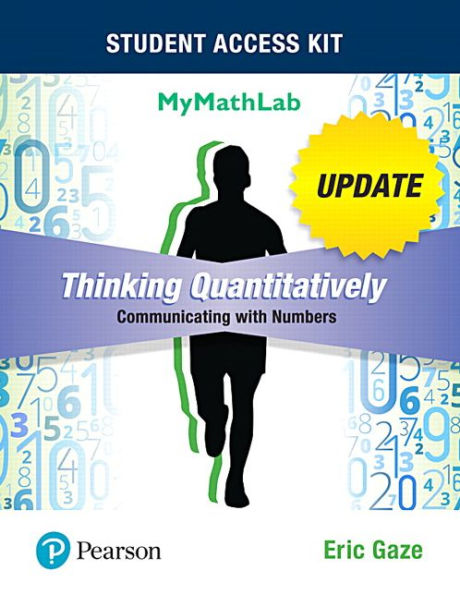5
1
9780134539539

Thinking Quantitatively: Communicating with Numbers Update MyLab Math Title-Specific Access Card with Guided Worksheets -- Title-Specific Access Card Package / Edition 1 available in Other Format

Thinking Quantitatively: Communicating with Numbers Update MyLab Math Title-Specific Access Card with Guided Worksheets -- Title-Specific Access Card Package / Edition 1
- ISBN-10:
- 0134539532
- ISBN-13:
- 9780134539539
- Pub. Date:
- 10/28/2016
- Publisher:
- Pearson Education
- ISBN-10:
- 0134539532
- ISBN-13:
- 9780134539539
- Pub. Date:
- 10/28/2016
- Publisher:
- Pearson Education
173.32
Out Of Stock

Product Details
| ISBN-13: | 9780134539539 |
|---|---|
| Publisher: | Pearson Education |
| Publication date: | 10/28/2016 |
| Edition description: | Updated |
| Product dimensions: | 8.30(w) x 10.70(h) x 0.40(d) |
About the Author
From the B&N Reads Blog

